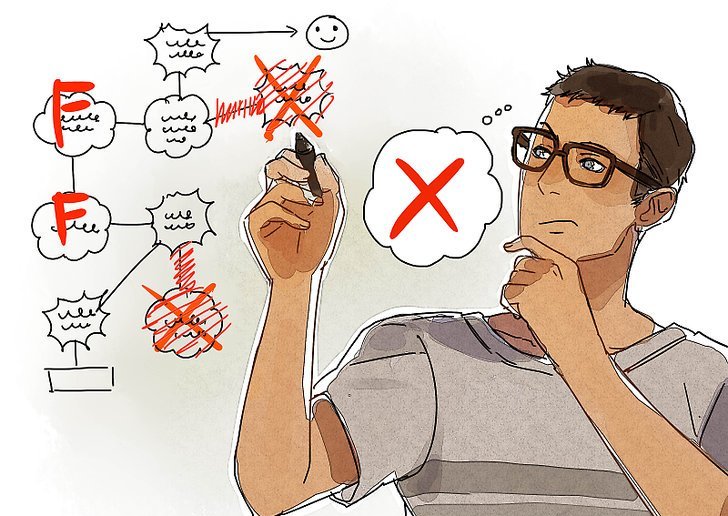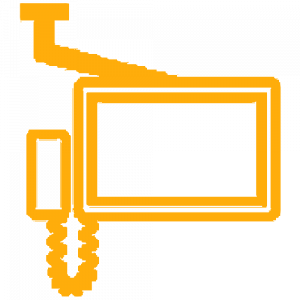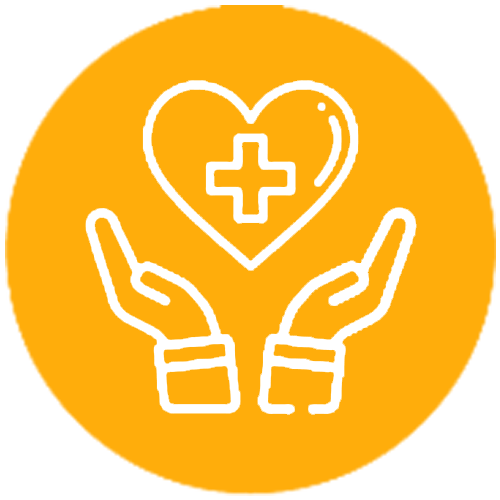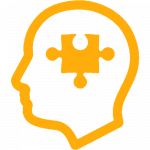Obsessive-Compulsive Disorder (OCD)
Obsessive-Compulsive Disorder (OCD) is an anxiety disorder distinguished by uncontrollable, unwanted thoughts and repetitive behaviours associated with the thoughts where one may feel compelled to perform. If you have OCD, you probably recognize that your obsessive thoughts and compulsive behaviours are irrational, but even so, you feel unable to resist them.
OCD is often untreated and unnoticed or presumed as usual behaviour or perfectionism. The person is in distress and put their family under pressure or annoy them to perform the same for their gratification. OCD is the disorder where the caretakers will have more distress compared to other mental disorders. It’s normal to check or double-check whatever we do in day to day life. When it becomes OCD, the quality of life of the person suffering from the disorder is lost.
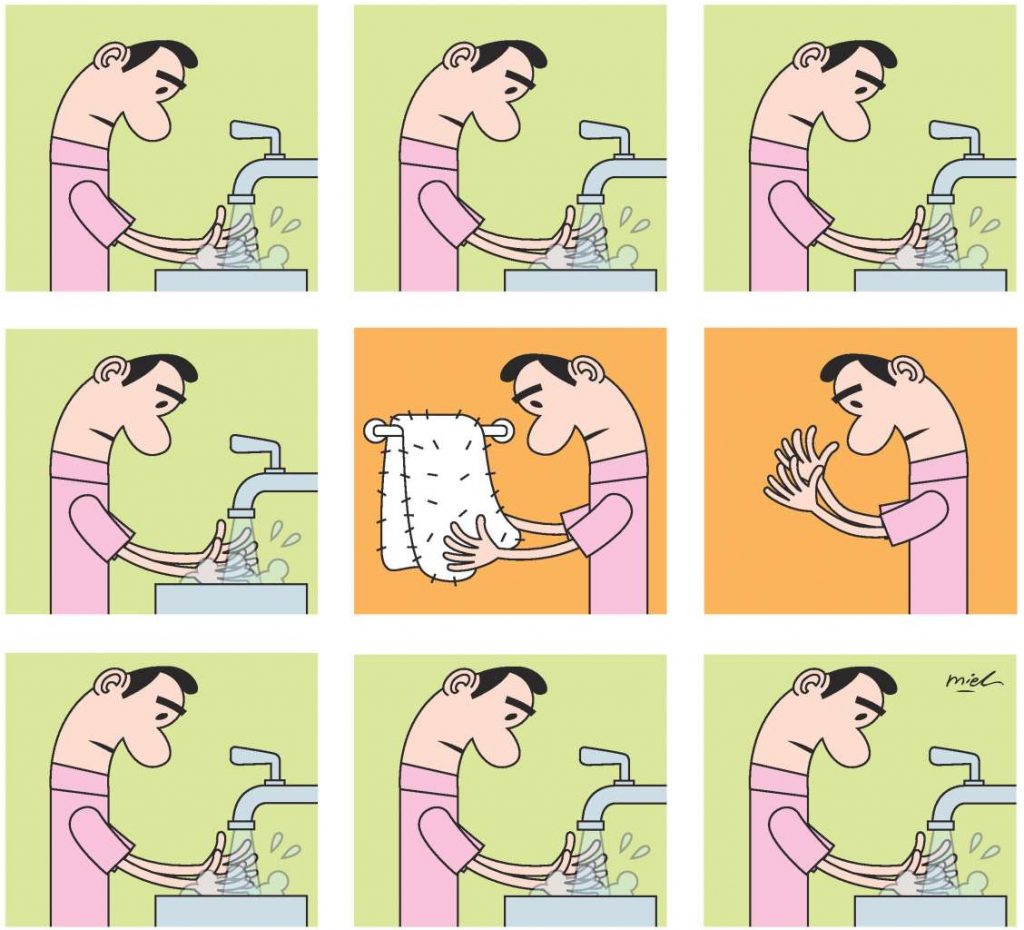

Obsession means
A repeated thought, idea, image or impulse that is recognized as once own and felt irrational or unwanted and attempts to resist it with distress.
Compulsion means
A form of behaviour that usually follows obsessions.
It is aimed at either preventing or neutralizing the distress or fear arising out of obsessions Insight is present, so the patient realizes the irrationality of compulsion,
The behaviour is performed with a sense of subjective compulsion (urge or impulse to act).
Types of Obsession and compulsions
1. Washing
Obsession is of contamination with dirt, germs, body excretions and the like. The compulsion is washing hands or the whole body, bathroom, bedroom, doorknobs, and personal articles.
2. Checking
Multiple doubts, e.g. whether the door has been locked or not, kitchen gas has been left open, money counted is not exact. Hence person would check repeatedly, and checking would reduce the anxiety only to get again.
3. Pure Obsessions
Here person would experience repeated intrusive images or impulses which are not usually accompanied by compulsion. Often these are sexual or aggressive
Example repeated images of a thief, repeated impulse to harm others once he/she sees a knife.
4. Primary Obsessive Slowness
Severe obsessive ideas or extensive compulsive rituals, the relative absence of manifested anxiety. For example, the person goes on arranging and rearranging things in the kitchen, delaying cooking.

Common obsessive thoughts in OCD include:
-Fear of being contaminated by germs or dirt or infecting others
-Fear of losing control and harming yourself or others
-Intrusive sexually explicit, or violent thoughts and images
-Excessive focus on religious or moral ideas
-Fear of losing or not having things you might need
-Order and symmetry: the idea that everything must line up “just right.”
-Superstitions; excessive attention to something considered lucky or unlucky.
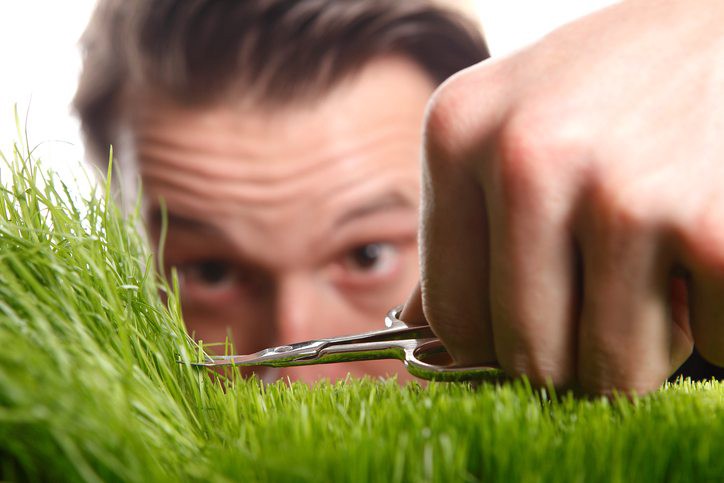
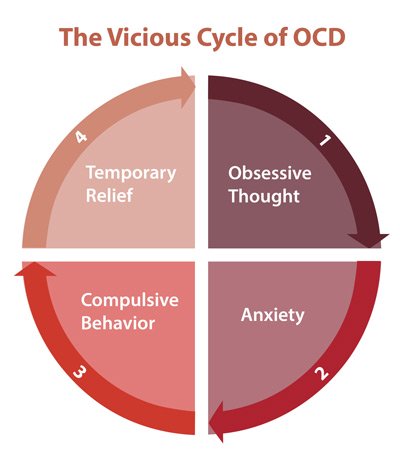
Common compulsive behaviours in OCD include:
-Excessive double-checking of things, such as locks, appliances, and switches
-Repeatedly checking in on loved ones to make sure they’re safe
-Counting, tapping, repeating certain words, or doing other senseless things to reduce anxiety
-Spending a lot of time washing or cleaning
-Ordering or arranging things “just so.”
-Praying excessively or engaging in rituals triggered by religious fear
-Accumulating “junk” such as old newspapers or empty food containers.
Co-morbidity
OCD frequently coexists with depression (50-70%), other phobias, and alcohol use disorders.
Treatment
Behaviour therapy:
Exposure and Response prevention in case of ritualistic behaviour thought to stop for rumination.
Pharmacological
Usually, drugs used for OCD are much higher than for depression and other anxiety disorders
Fluoxetine 40-60mg
Fluvoxamine 100-200mg
Clomipramine 150-300mg
ECT is not much effective but needed if the patient is suicidal.
